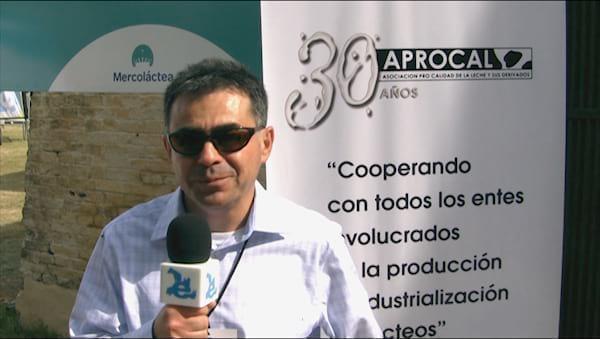Methods to Decrease SCC and Incidence of Mastitis
Published: June 4, 2008
Source : University of Arkansas Dairy Digest newsletter
Dry Cows and Springing Heifers
Risk of intra-mammary infections is greatest during the early and late dry period when pathogens are not flushed out on a day-to-day basis. Infection rate in dry cows is directly related to the bacterial population on the teat-end. Protective sealant dips are beneficial for teat protection and should be used after treating dry cows. Extreme care must be taken to prevent contamination before sealing teats. Dry cow treatment of all quarters of all cows is recommended, but the largest danger with any intra-mammary infusion is recontamination. The teat-end must be cleaned and sterilized with a pre-dip before insertion of the dry-treatment tube. Insertion of the tube through a drop of pre-dip to a maximum depth of 3/8 inch reduces bacterial contamination entering the teat canal and minimizes damage to the keratin teat plug at the end of the teat.
Dry cow treatment helps eliminate and prevent new infection during the dry period. During the late dry period, be careful to guard against new infection. This springing period is a vulnerable time as dry cow therapy has dissipated and mammary tissue is in a growing phase without antibiotic protection.
Colostrum is an ideal medium for growth of pathogenic bacteria.
Springing cows may be retreated if needed, but caution must be taken to prevent contamination. Monitoring dry cows for inflammation after treatment is necessary. Regenerating udder tissue must be monitored for swelling and inflammation. Prior to calving, dry cow teats may be cleaned and dipped as needed. The seal at the end of the teat should not be broken during the teat cleaning.
Lactating Cows
Monitor each cow monthly with SCC from DHI records for a mastitis prevention program. Follow proper and sanitary milking procedure with proper equipment. The procedure is:
1. Wash teats and dry.
2. Pre-dip for 30 seconds to kill bacteria on the teats.
3. Dry teats.
4. Squirt first milk which is highest in bacterial count.
5. Check and record abnormal milk.
6. Apply milking units.
7. Remove units at completion of milking.
8. Post-dip.
9. Allow teats to dry in cold weather.
10. Feed immediately after milking to keep cows standing to allow the sphincter muscle to close the opening at the end of the teat.
11. Separate cows in heat from the herd so udders of cows are not injured while mounting other cows.
Monitor your SCC at least weekly by calling to get your most recent SCC or checking it on the web if possible. Investigate any possible causes of the increase in SCC and correct them as soon as possible. Contact your milk marketing co-op to get samples run on any possible problem cows. Check any cows that are unusually high and treat if appropriate.
To minimize contamination of milk with drug residue, use only legal medication. Properly mark all cows treated with any medication for milk withholding. Follow withdrawal time required. Test treated and fresh cows before allowing milk into tank. Call your milk fieldman to test milk for antibiotics if you may have accidentally put milk from a treated cow in the milk tank.
Source
University of Arkansas Dairy Digest newsletterRelated topics:
Recommend
Comment
Share
4 de junio de 2008
While I agree, one very important point is missing, that is, the influence electrolytes have on the prevention of bacteria entering the canal in the first place. When there is an electrolyte problem the sphincter muscle that controls the teat end is left open and this is where bacteria enter. When the electrolytes are kept in their right ratio this door is effectively closed and the incidence of infection falls dramatically. Go to Quantum Lab website and hit on news letters/mastitis.
Recommend
Reply

Would you like to discuss another topic? Create a new post to engage with experts in the community.





